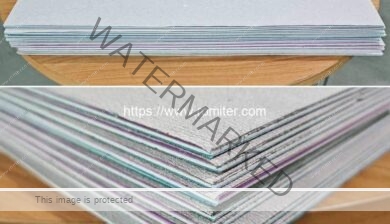In the quest for well-groomed and attractive nails, the humble nail file sandpaper stands out as an essential tool in every individual’s grooming arsenal. This compact yet powerful implement is designed to shape, smooth, and refine our nails with precision and ease. From achieving the perfect nail shape to maintaining overall nail health, nail file sandpaper offers a multitude of benefits that make it indispensable for both professionals and DIY enthusiasts.
This introduction delves into the world of nail file sandpaper, exploring its history, composition, types, and the various ways it enhances the nail care routine. Whether you are a beauty enthusiast seeking flawless nails or a nail technician striving for perfection, understanding the significance of nail file sandpaper can elevate your nail grooming experience to a whole new level.
- A Brief History of Nail Grooming: Nail care dates back thousands of years and has evolved significantly over time. Early civilizations used primitive tools made of stone, copper, or even animal bones to shape and trim their nails. However, with the advent of modern tools and technology, nail care practices have become more sophisticated and convenient. Among these tools, nail file sandpaper has emerged as a preferred choice due to its effectiveness and versatility.
- Composition and Structure of Nail File Sandpaper: Nail file sandpaper typically consists of a thin, flexible backing material coated with abrasive particles. The abrasive component can vary in grit sizes, allowing users to choose the level of coarseness that best suits their nail shaping needs. Common backing materials include paper, cloth, foam, or mylar, each offering unique characteristics that cater to specific requirements.
- Types of Nail File Sandpaper: The beauty industry offers a wide array of nail file sandpaper types, each tailored to meet various nail care goals. Emery boards, a popular choice, feature natural corundum or emery abrasive particles. Glass nail files, on the other hand, boast a durable surface with finely etched abrasives, ensuring a smooth filing experience without causing chipping or peeling. Other options include metal files for tougher nails and cushioned files that provide added flexibility and comfort during use.
- Advantages of Using Nail File Sandpaper: The advantages of incorporating nail file sandpaper into your nail care routine are numerous. Besides shaping the nails to perfection, regular filing helps prevent snags and breakages, promoting overall nail health. The ability to choose from various grit sizes enables users to customize their filing experience for different nail types and lengths. Moreover, the portability and affordability of nail file sandpaper make it an accessible tool for anyone aiming for beautifully groomed nails.
- Pro Tips for Optimal Nail Filing: To achieve the best results while using nail file sandpaper, it’s essential to follow some expert tips. Filing in one direction rather than back and forth minimizes the risk of nail splitting. Additionally, using a finer grit file for finishing touches ensures a smooth and polished nail surface. Proper storage and regular cleaning of the nail file sandpaper extend its lifespan and maintain its efficiency.
Conclusion:
In conclusion, nail file sandpaper is an indispensable tool for achieving smooth, well-shaped, and beautiful nails. Its history, composition, and various types have contributed to its widespread popularity in the world of nail care. Whether you’re a professional nail technician or an individual who enjoys DIY beauty routines, incorporating nail file sandpaper into your grooming regimen will undoubtedly elevate your nail care experience, leaving you with the confidence of flaunting flawless nails on any occasion.









